 Shutterstock
Shutterstock
Dogs are known for their loyalty and companionship, but some breeds are particularly prone to experiencing separation anxiety when left alone. Separation anxiety in dogs can manifest in a range of behaviors, from excessive barking and destructive chewing to pacing and attempts to escape. These behaviors often stem from the dog’s intense attachment to their human family members, making it difficult for them to cope with solitude. Certain breeds are more likely to struggle with this condition due to their temperament, history, or dependence on human interaction.
Cavalier King Charles Spaniel
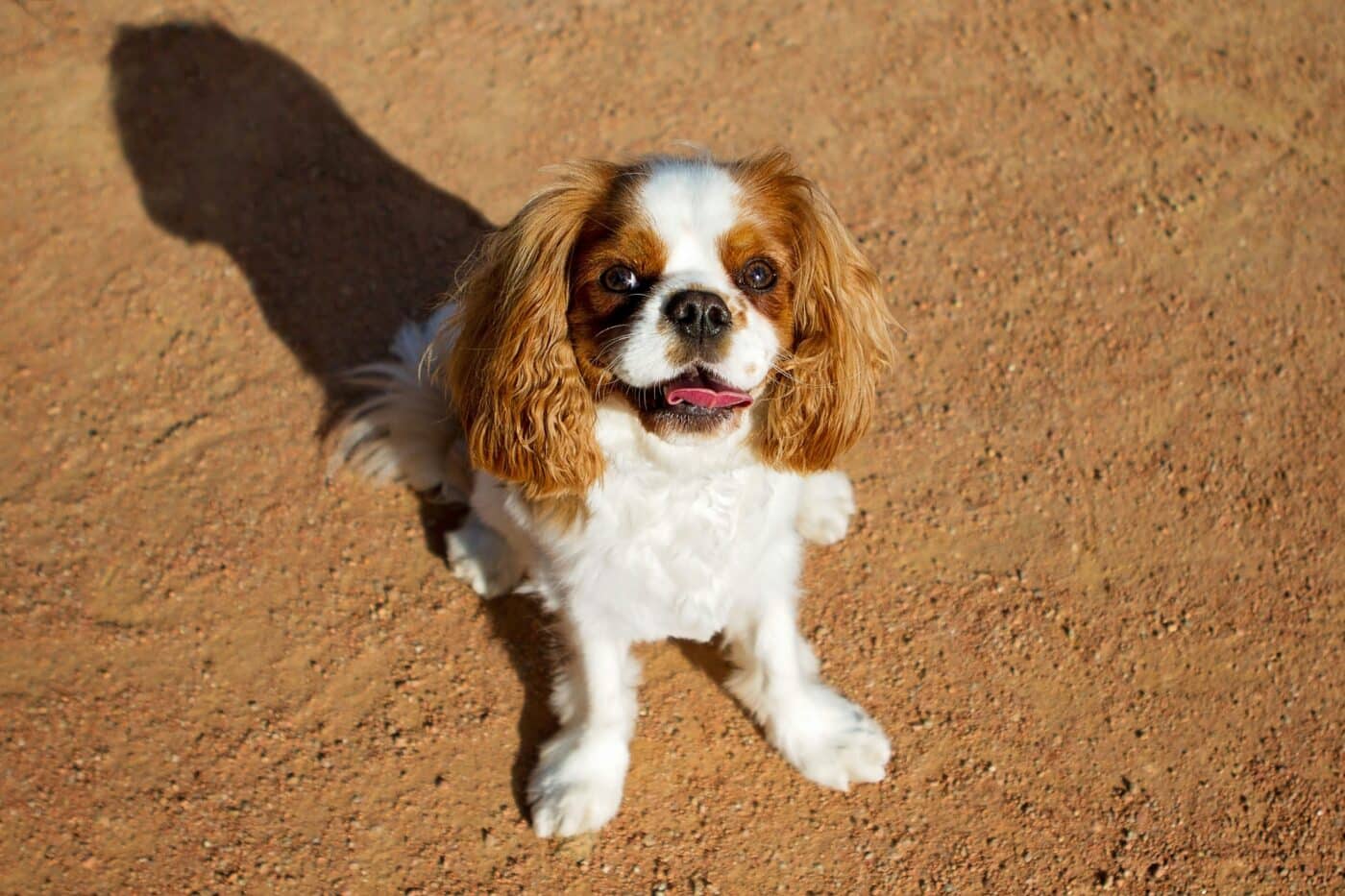 Shutterstock
Shutterstock
Cavalier King Charles Spaniels are affectionate, gentle dogs known for their strong desire to be around people. They were bred to be companion dogs, which makes them more prone to separation anxiety when their owners leave. These dogs thrive on human interaction and often form deep bonds with their families. When left alone, Cavalier King Charles Spaniels may become anxious and distressed, leading to excessive barking or destructive behavior. Their need for constant companionship makes them ideal for owners who can spend a lot of time with them, but they struggle when left alone for extended periods.
Labrador Retriever
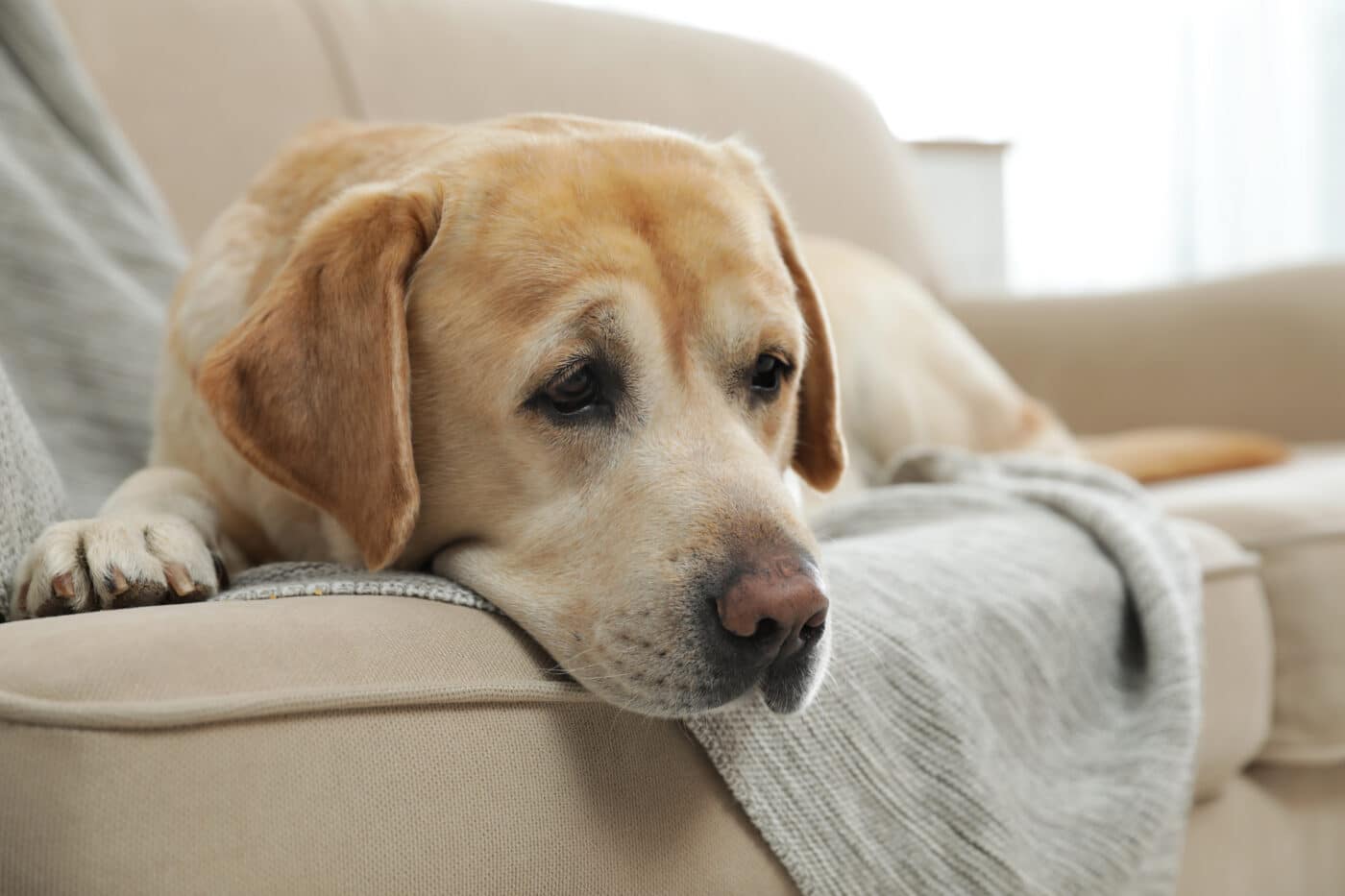 Shutterstock
Shutterstock
Labrador Retrievers are one of the most popular dog breeds worldwide, known for their friendly, outgoing nature. However, their strong desire for human interaction can also make them prone to separation anxiety. Labradors form close bonds with their owners and enjoy being involved in family activities. When left alone, they may become anxious, leading to behaviors like chewing, digging, or excessive barking. Labradors are happiest when they have plenty of companionship, attention, and mental stimulation, making them less suited to households where they are frequently left alone.
Border Collie
 Shutterstock
Shutterstock
Border Collies are highly intelligent, energetic dogs that thrive on mental and physical stimulation. Their working background means they are used to having a job to do and spending a lot of time with their handlers. When left alone for too long, Border Collies can become bored and anxious, leading to destructive behaviors such as chewing, digging, or even attempting to escape. Their high energy levels and need for interaction make them particularly prone to separation anxiety, especially if they don’t have enough mental or physical challenges to keep them engaged during their owners’ absence.
Bichon Frise
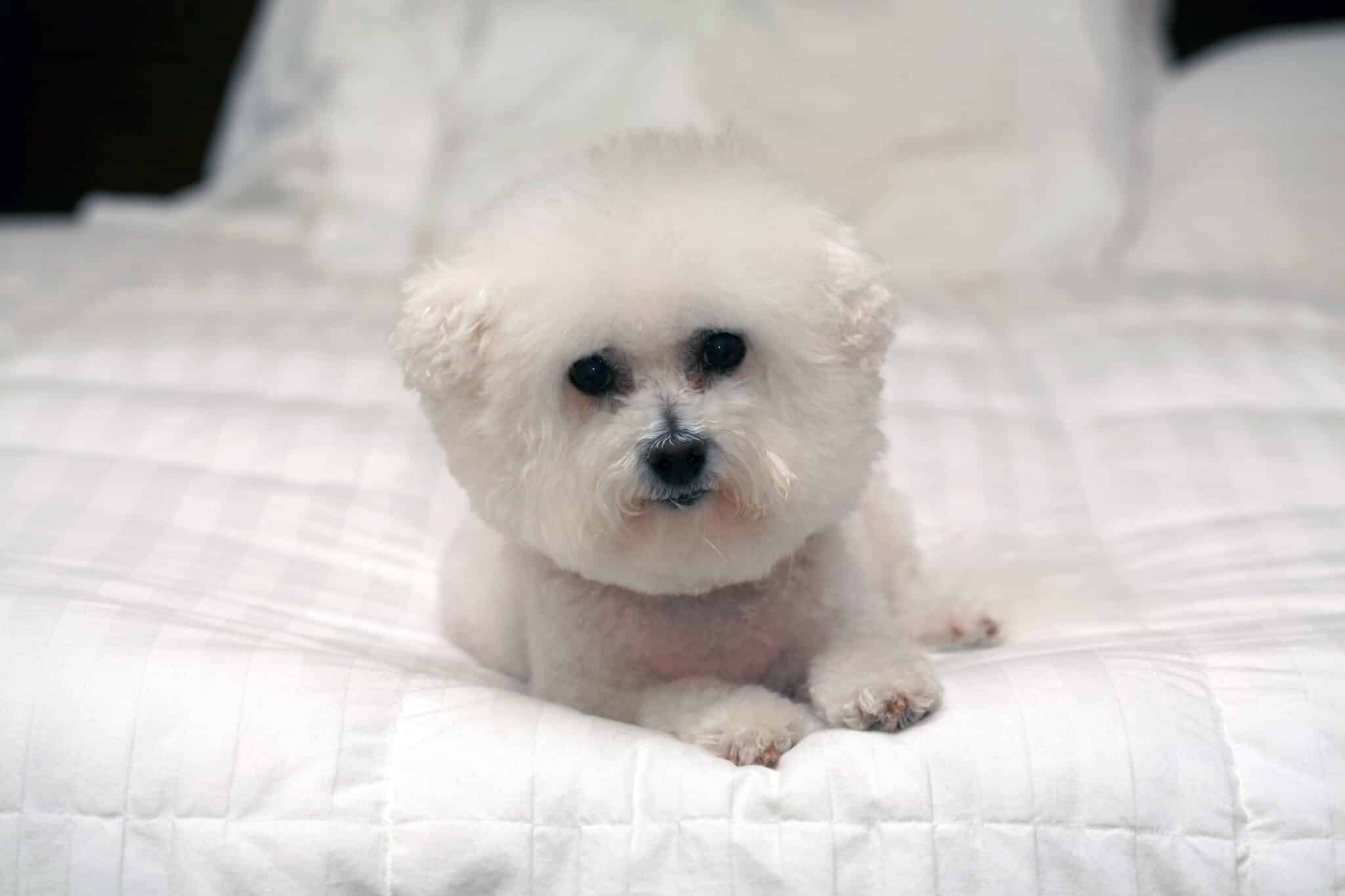 Shutterstock
Shutterstock
The Bichon Frise is a small, affectionate dog that craves companionship and attention. Bred as lapdogs, Bichons are happiest when they are with their human family members, and they can struggle when left alone. Their cheerful disposition can quickly turn to anxiety when separated from their loved ones, leading to barking, whining, or destructive chewing. Bichons are known for their friendly and sociable nature, which makes them wonderful companions. Still, their need for constant attention can make them prone to separation anxiety if left alone too often.
German Shepherd
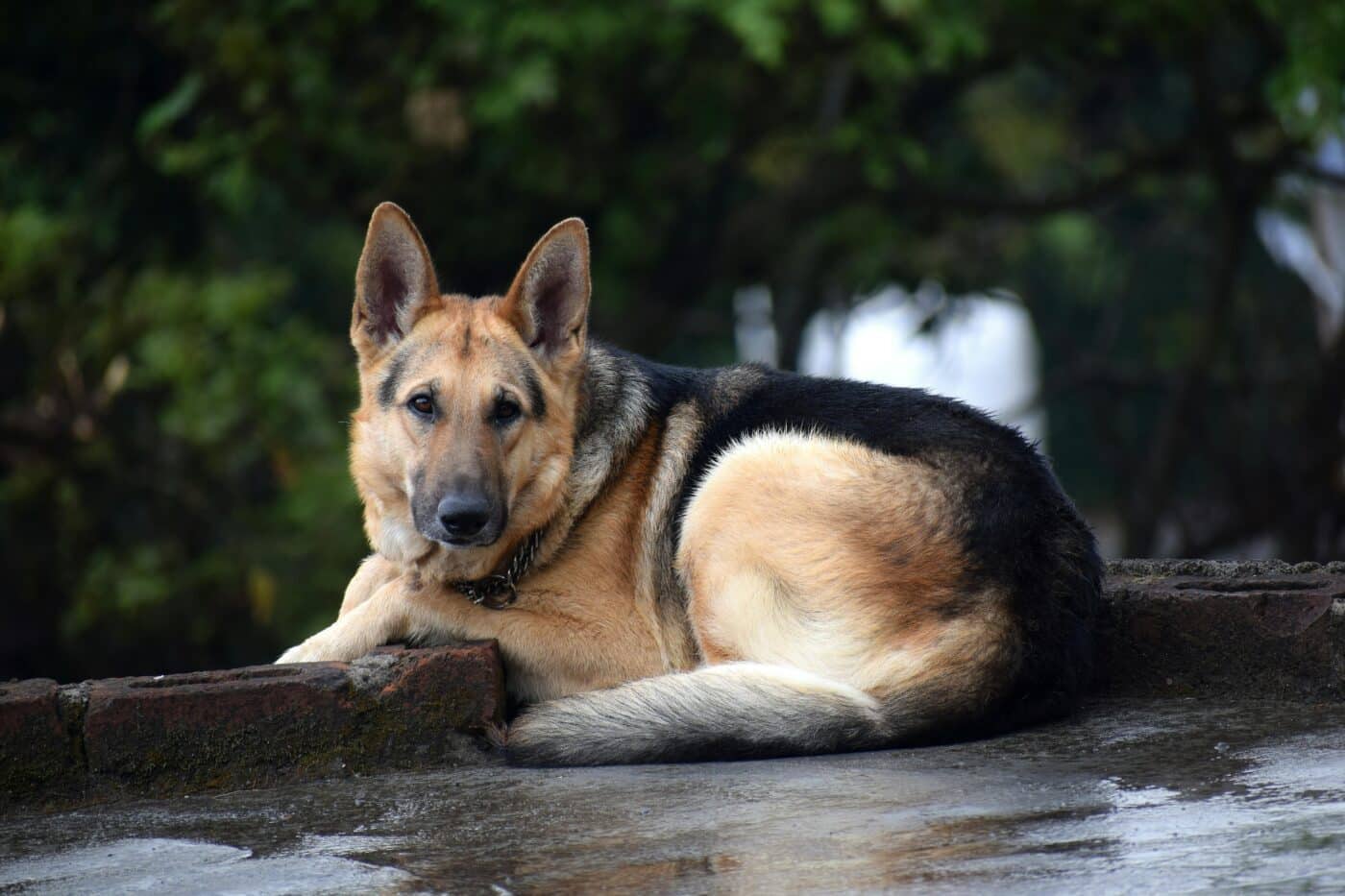 Shutterstock
Shutterstock
German Shepherds are loyal, intelligent, and protective dogs that often form strong bonds with their owners. While they are known for their versatility as working dogs, their attachment to their family can make them prone to separation anxiety when left alone. German Shepherds are used to having a purpose and being involved in their owner’s daily life, so extended periods of isolation can lead to anxiety and destructive behaviors like chewing or digging. Their high intelligence also means they need regular mental stimulation to keep their minds occupied, making them more likely to struggle when left alone for long periods.
Italian Greyhound
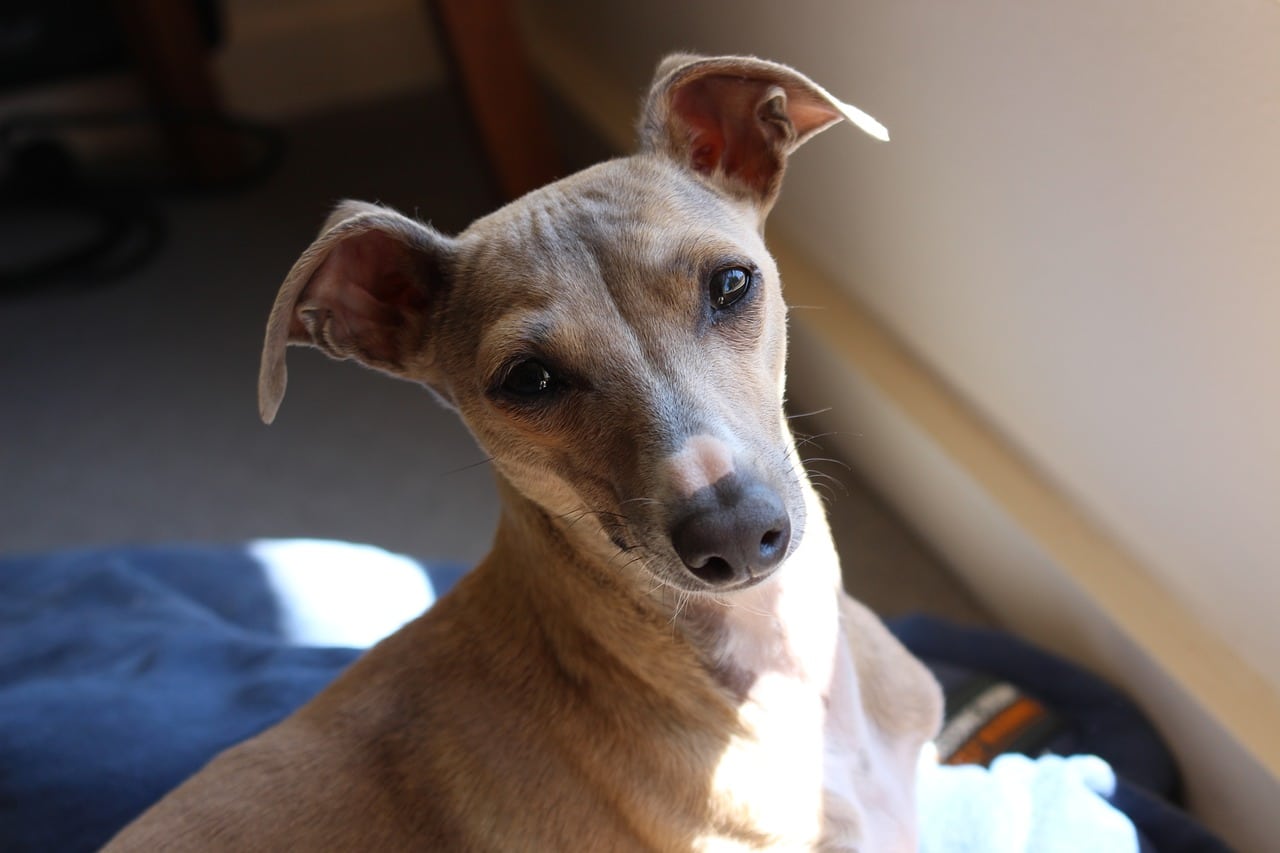 Shutterstock
Shutterstock
Italian Greyhounds are small, elegant dogs that are known for their affectionate and sensitive nature. They form strong bonds with their owners and can become extremely anxious when left alone. Italian Greyhounds are highly social dogs that thrive on companionship, and they are particularly prone to separation anxiety due to their sensitive temperament. When left alone, they may exhibit signs of distress, such as barking, whining, or even trying to escape. Their delicate nature makes them more suited to households where someone is often home to provide comfort and companionship.
Australian Shepherd
 Shutterstock
Shutterstock
Australian Shepherds are intelligent, energetic dogs that are used to working closely with their handlers. They are known for their strong work ethic and loyalty, which can make them prone to separation anxiety when left alone for long periods. Australian Shepherds thrive in active environments where they have plenty of mental and physical stimulation, and when left without these outlets, they may become anxious or destructive. Their need for regular interaction and activity means they are best suited to households where someone is available to keep them company and provide them with tasks or challenges.
French Bulldog
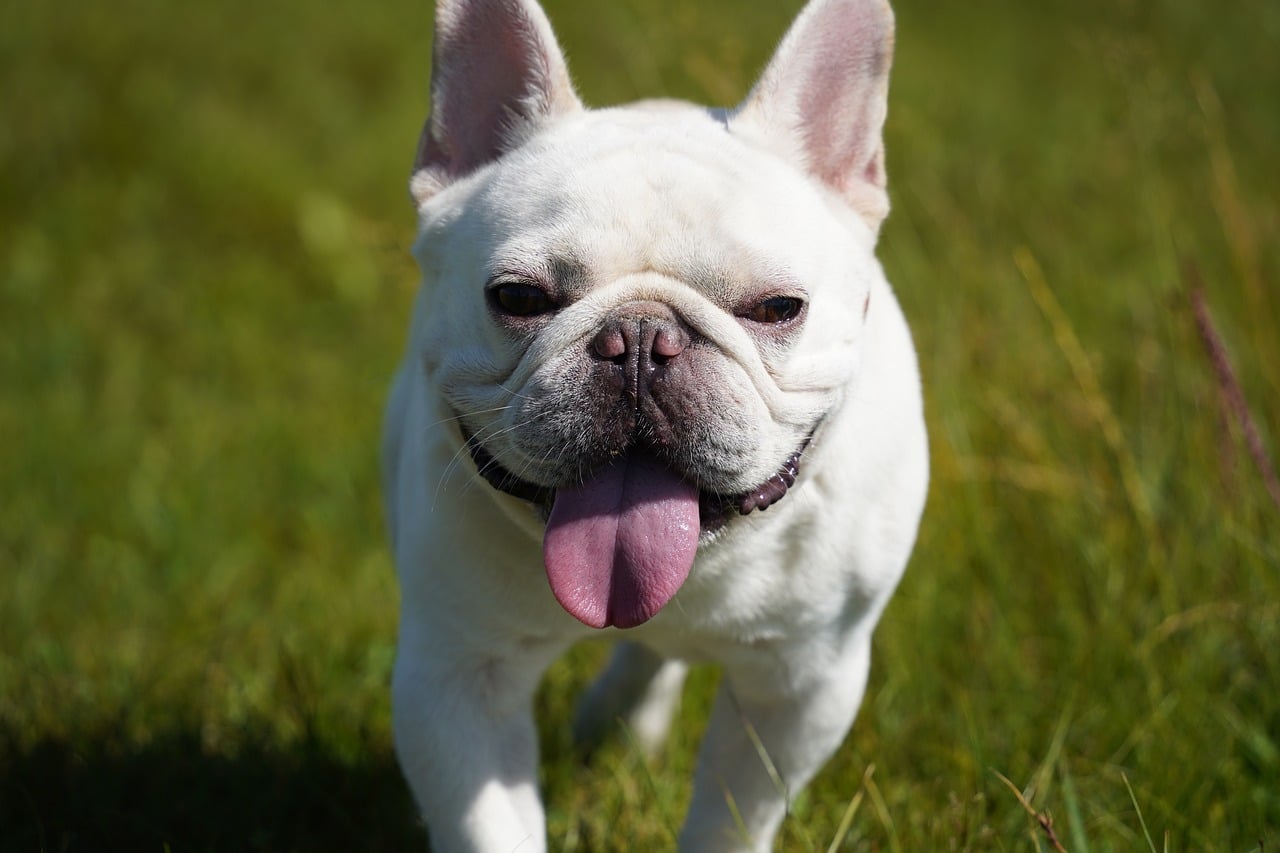 Shutterstock
Shutterstock
French Bulldogs are known for their affectionate, playful nature and strong attachment to their human family members. These dogs love to be the center of attention and can struggle when left alone for long periods. French Bulldogs are prone to separation anxiety because they crave constant interaction with their owners. When left alone, they may bark, whine, or engage in destructive behaviors to express their distress. French Bulldogs are best suited to families where someone is home for most of the day, as they thrive on companionship and attention.
Vizsla
 Shutterstock
Shutterstock
Vizslas are known for their high energy levels, intelligence, and strong attachment to their owners. Often referred to as “velcro dogs” due to their desire to stick close to their human companions, Vizslas can suffer from severe separation anxiety when left alone. They are highly active dogs that need both physical and mental stimulation, and their sensitivity to solitude can lead to anxiety-driven behaviors such as chewing, digging, or barking. Vizslas are happiest in homes where they can be with their owners for most of the day and have plenty of opportunities for exercise and interaction.
Chihuahua
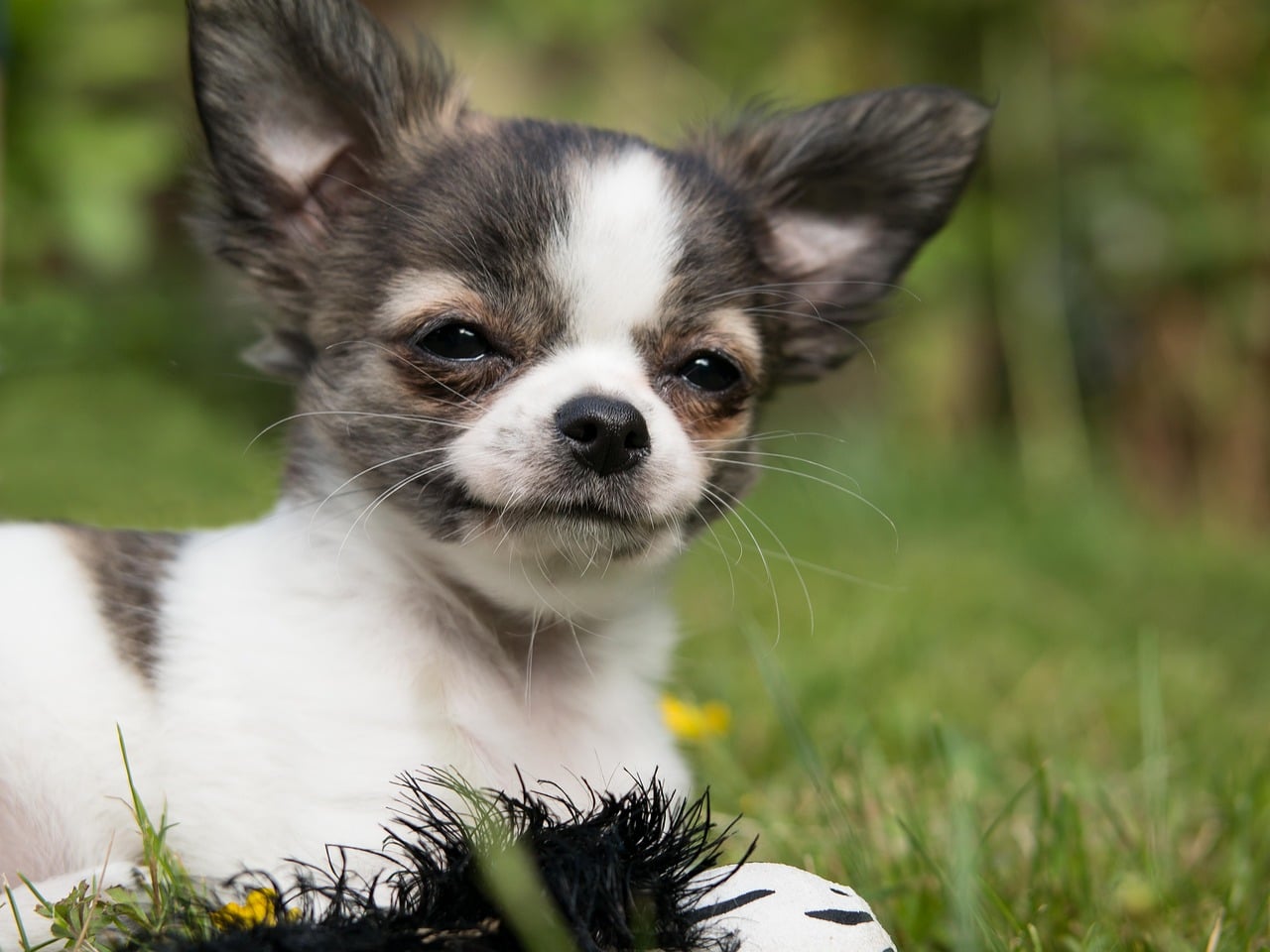 Shutterstock
Shutterstock
Chihuahuas may be small in size, but they form incredibly strong bonds with their owners and can become anxious when left alone. Known for their loyalty and devotion, Chihuahuas often prefer to be with their humans as much as possible. When left alone for extended periods, they can exhibit signs of separation anxiety, including barking, whining, and destructive chewing. Their small size and delicate temperament make them particularly sensitive to changes in their environment, and they thrive best in homes where someone is available to provide them with constant companionship.
Poodle
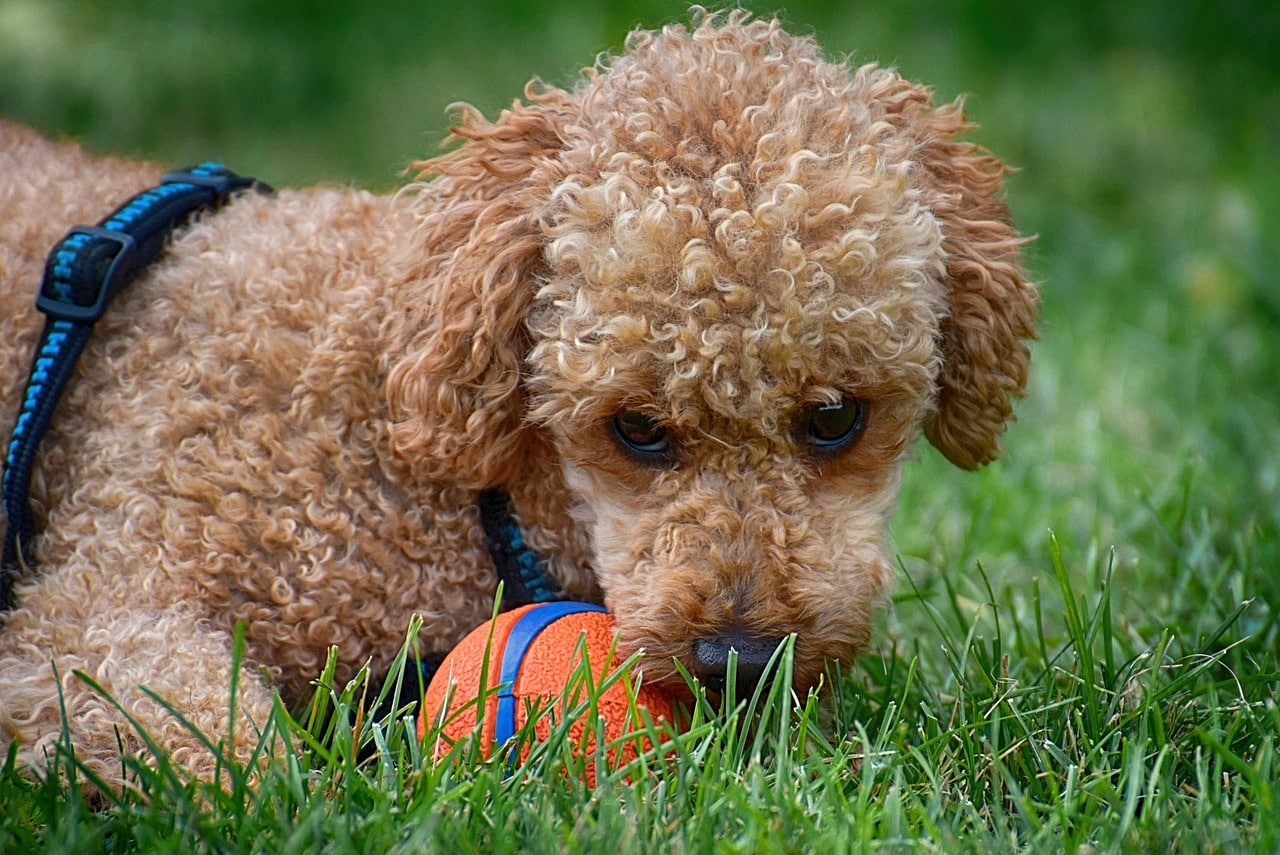 Shutterstock
Shutterstock
Poodles, whether Standard, Miniature, or Toy, are highly intelligent and social dogs that form strong attachments to their families. Their keen intelligence and sensitivity make them prone to separation anxiety when left alone for long periods. Poodles are happiest when they are involved in their owner’s daily activities, and they thrive on mental and physical stimulation. When isolated, they may become anxious and exhibit behaviors like excessive barking or destructive chewing. Their need for interaction and engagement makes them ideal for families who can provide them with constant companionship and stimulation.
Cocker Spaniel
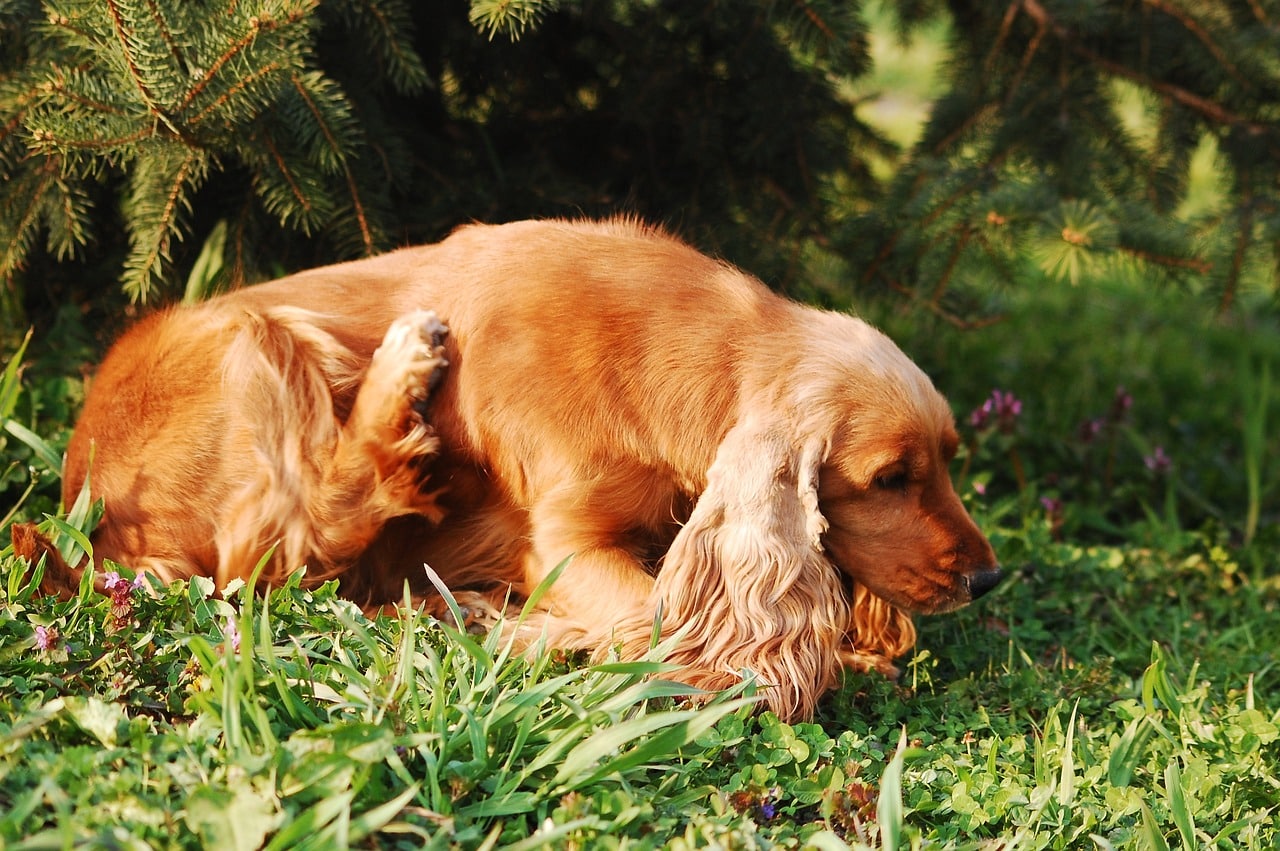 Shutterstock
Shutterstock
Cocker Spaniels are known for their friendly, affectionate nature and strong desire to be around people. These dogs were bred as companions, and they often struggled when left alone for long periods. Cocker Spaniels form deep bonds with their families and can develop separation anxiety if they don’t receive enough attention. When left alone, they may bark excessively, whine, or engage in destructive behaviors. Their sociable and loving nature makes them wonderful family pets, but they require plenty of companionship and interaction to feel secure and happy.
Beagle
 Shutterstock
Shutterstock
Beagles are friendly, sociable dogs with a strong pack instinct, which means they prefer to be with their human family members or other dogs. Beagles are prone to separation anxiety because of their need for companionship and their dislike of being left alone. When left in isolation, they may become anxious and resort to behaviors like howling, barking, or digging to cope with their stress. Beagles are happiest in households where they have plenty of social interaction and opportunities to engage their keen sense of smell in activities or play.
Staffordshire Bull Terrier
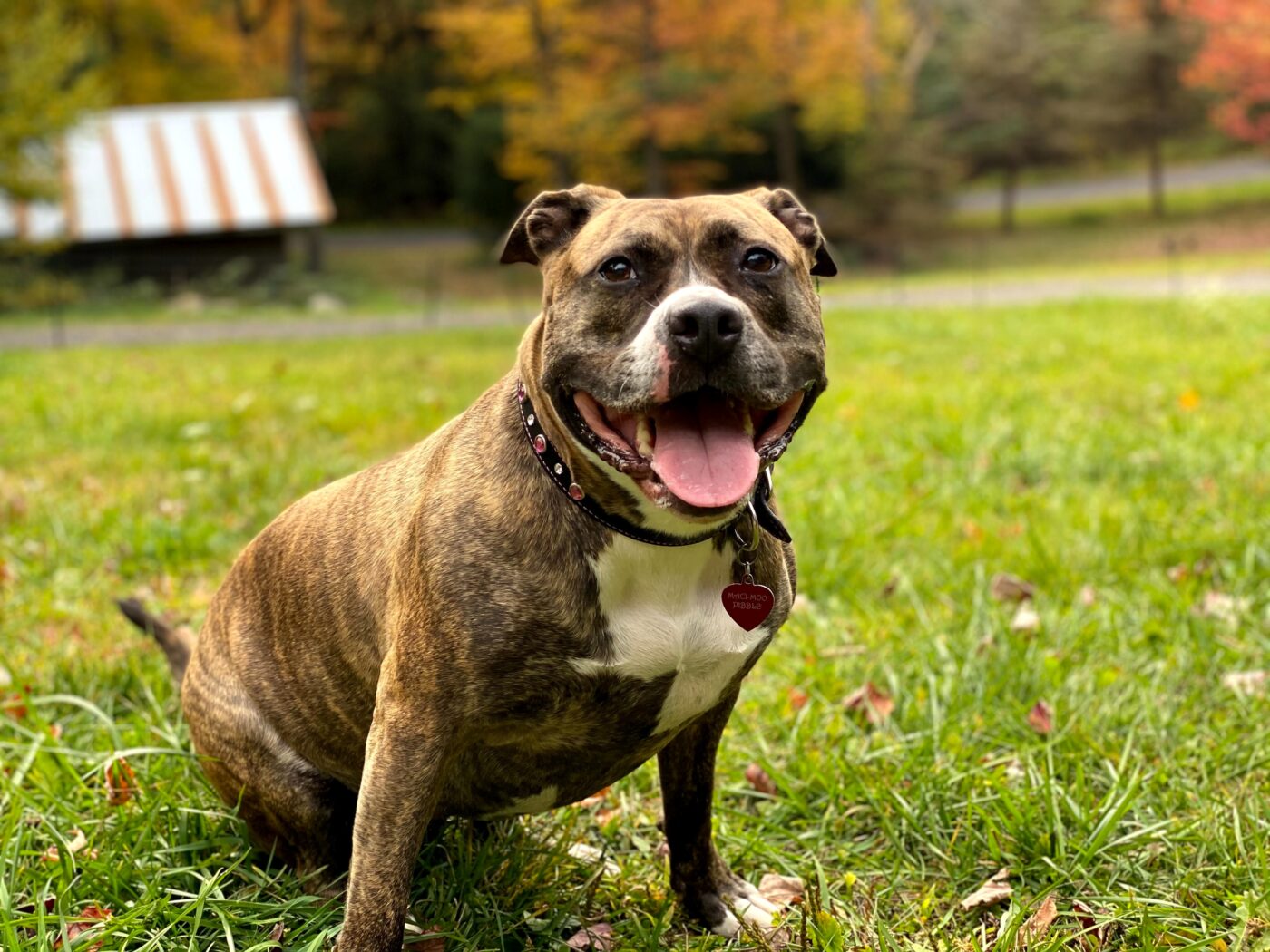 Shutterstock
Shutterstock
Staffordshire Bull Terriers are loyal, affectionate dogs that form strong bonds with their families. They are known for their friendly nature, but they can also become anxious when left alone for extended periods. Staffordshire Bull Terriers thrive on human interaction and can experience separation anxiety when they are not given enough attention. When left alone, they may exhibit behaviors like chewing, barking, or even attempting to escape. Their need for companionship makes them ideal for families who can provide them with regular interaction and mental stimulation.
Great Pyrenees
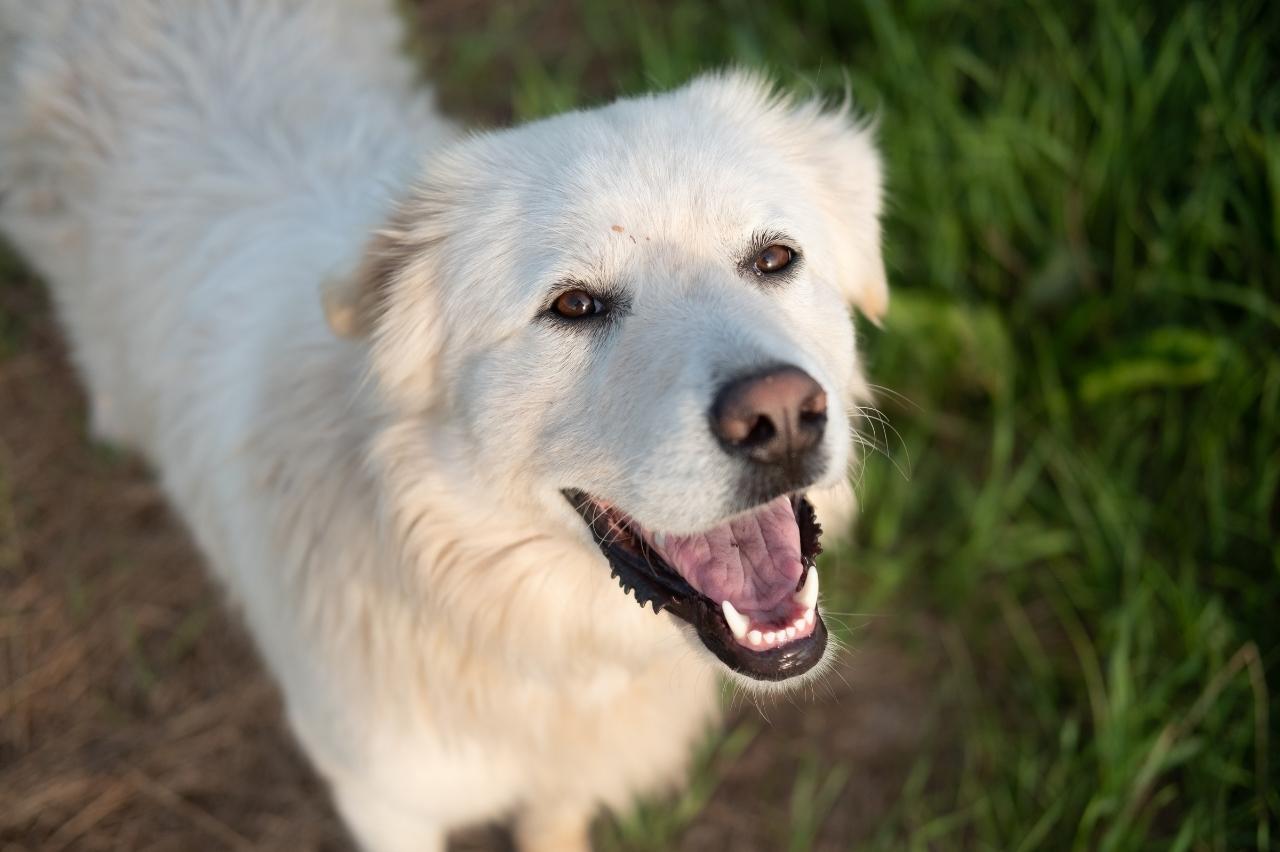 Shutterstock
Shutterstock
The Great Pyrenees is a large, majestic breed known for its calm and gentle demeanor. However, despite their independent nature when guarding livestock, Great Pyrenees dogs can develop separation anxiety when left alone for extended periods in a home environment. These dogs are incredibly loyal and bond deeply with their families, preferring to stay close to their humans. When left alone, they may become anxious and resort to barking, pacing, or even attempting to escape. Their protective instincts extend to their human family, making them more prone to anxiety when separated from them.
Helping Dogs Cope with Separation Anxiety
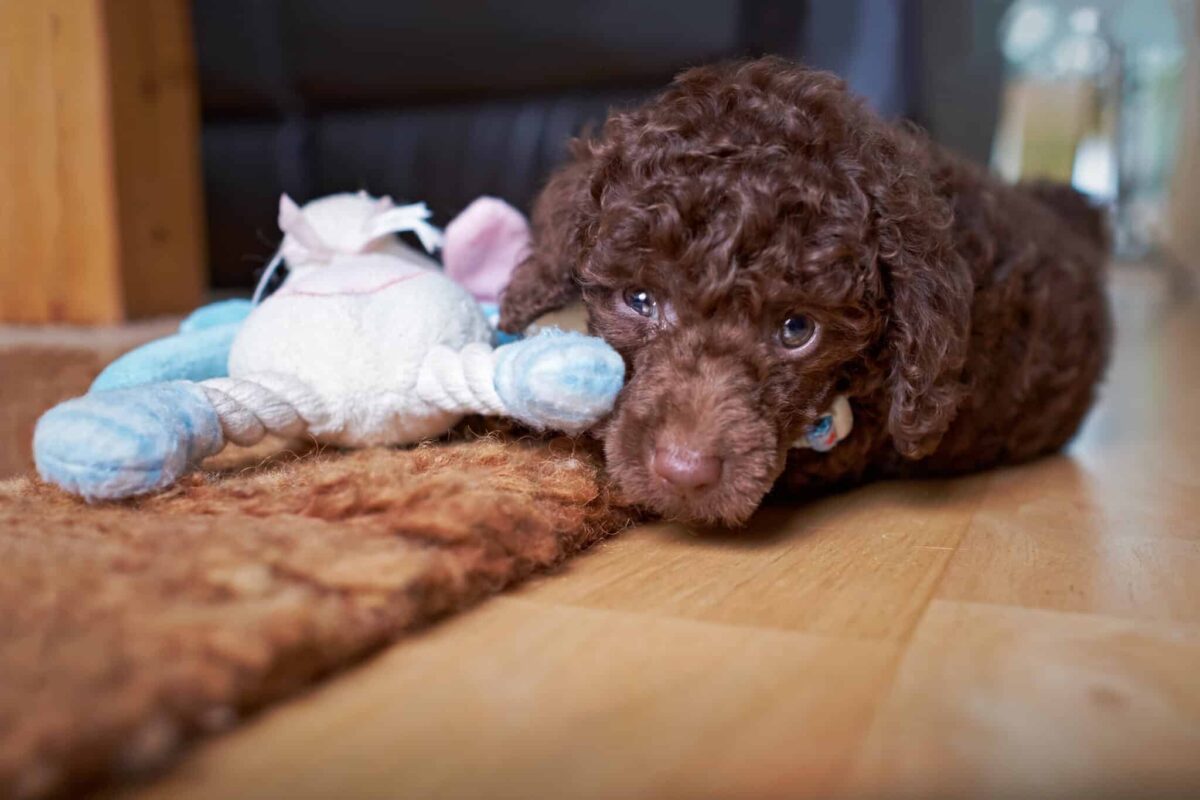 Shutterstock
Shutterstock
Separation anxiety can be tough for both dogs and owners, but knowing which breeds are prone to it helps in managing the condition. Offering mental and physical stimulation, using positive reinforcement, and gradually getting your dog used to being alone can ease anxiety. In more severe cases, consulting a veterinarian or a dog behaviorist may be necessary. By understanding your dog’s specific needs and working to reduce their anxiety, you can ensure a more comfortable, calm, and stress-free environment for your furry companion.

 1 month ago
16
1 month ago
16

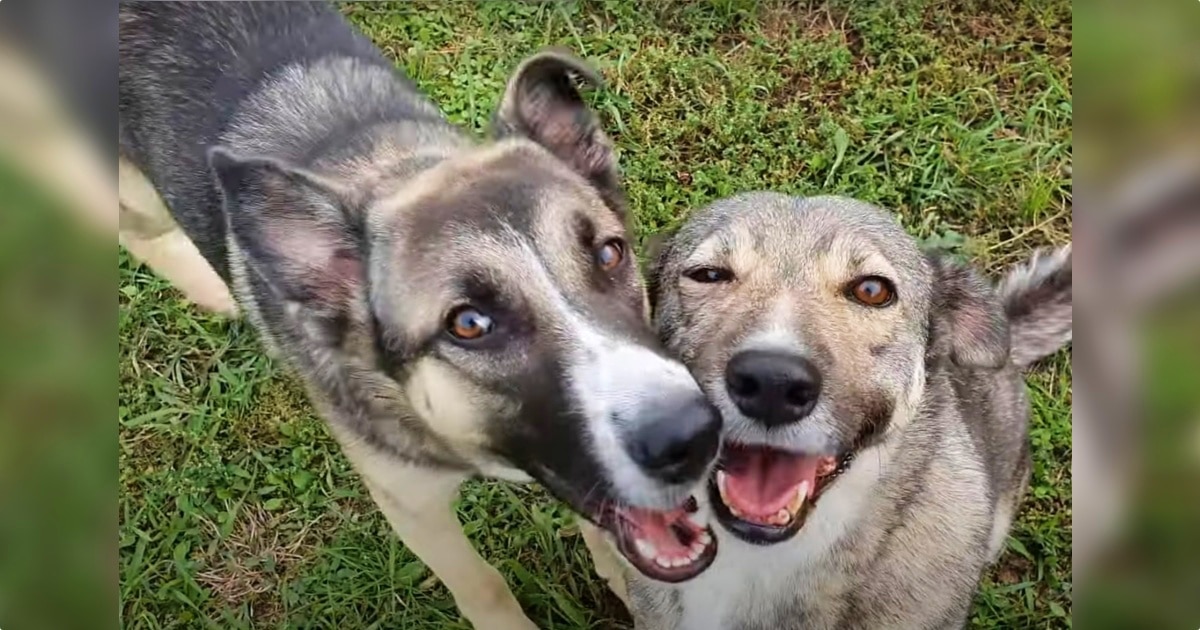
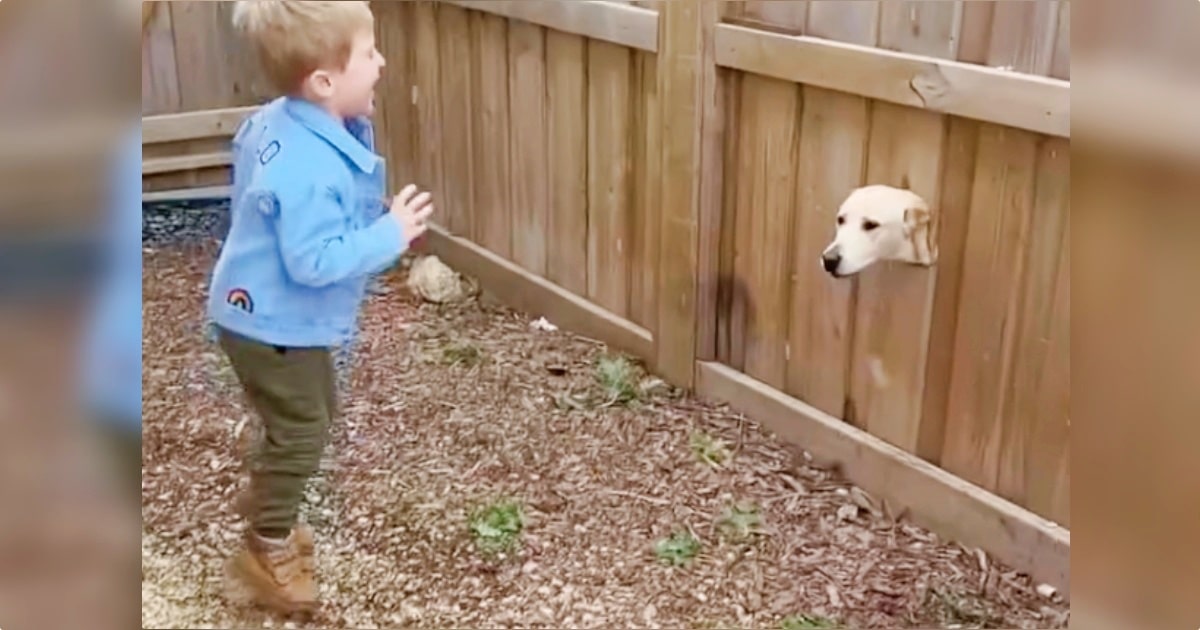




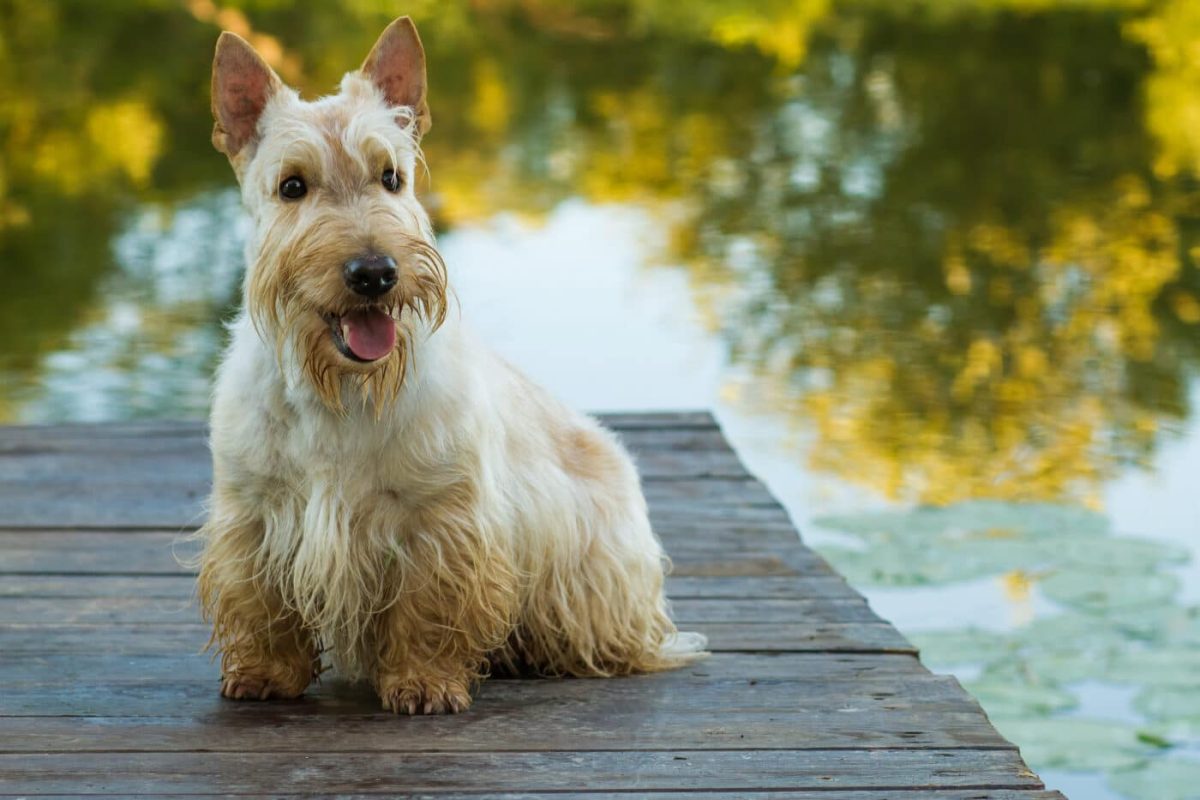



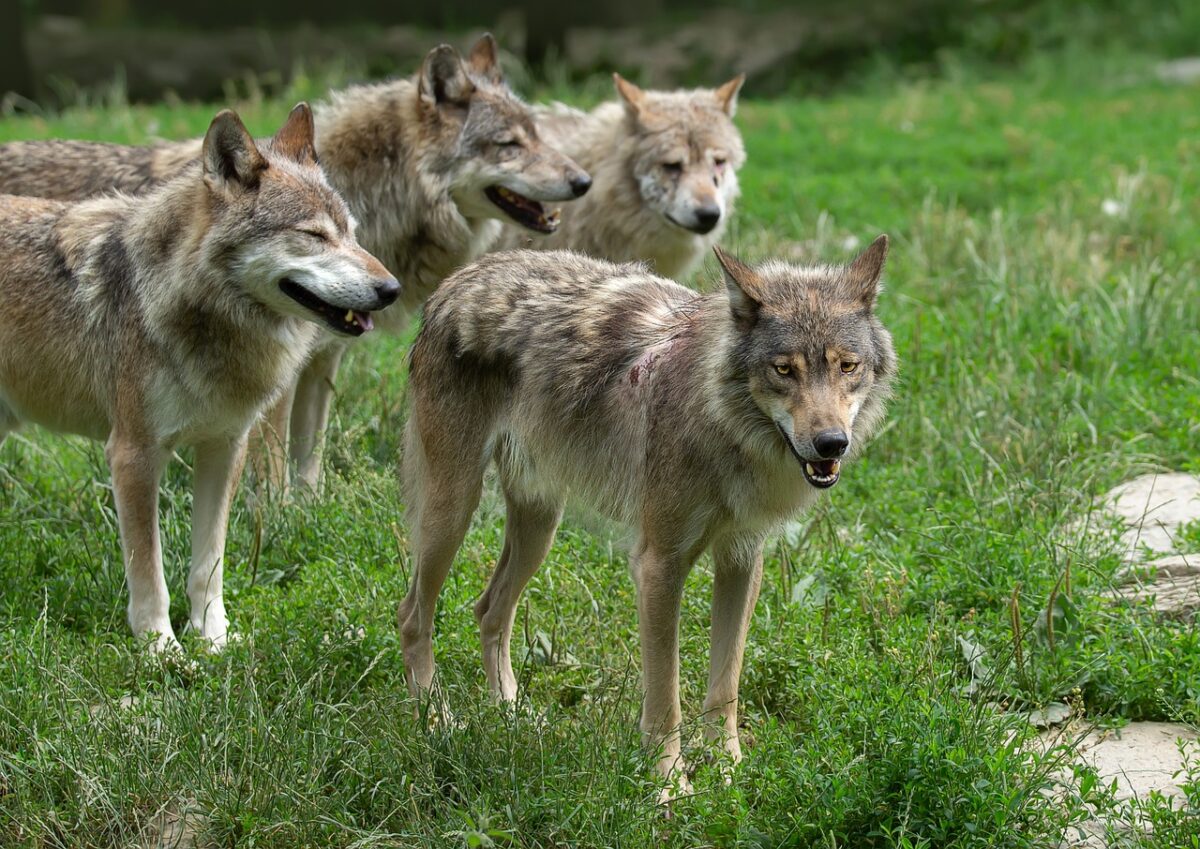
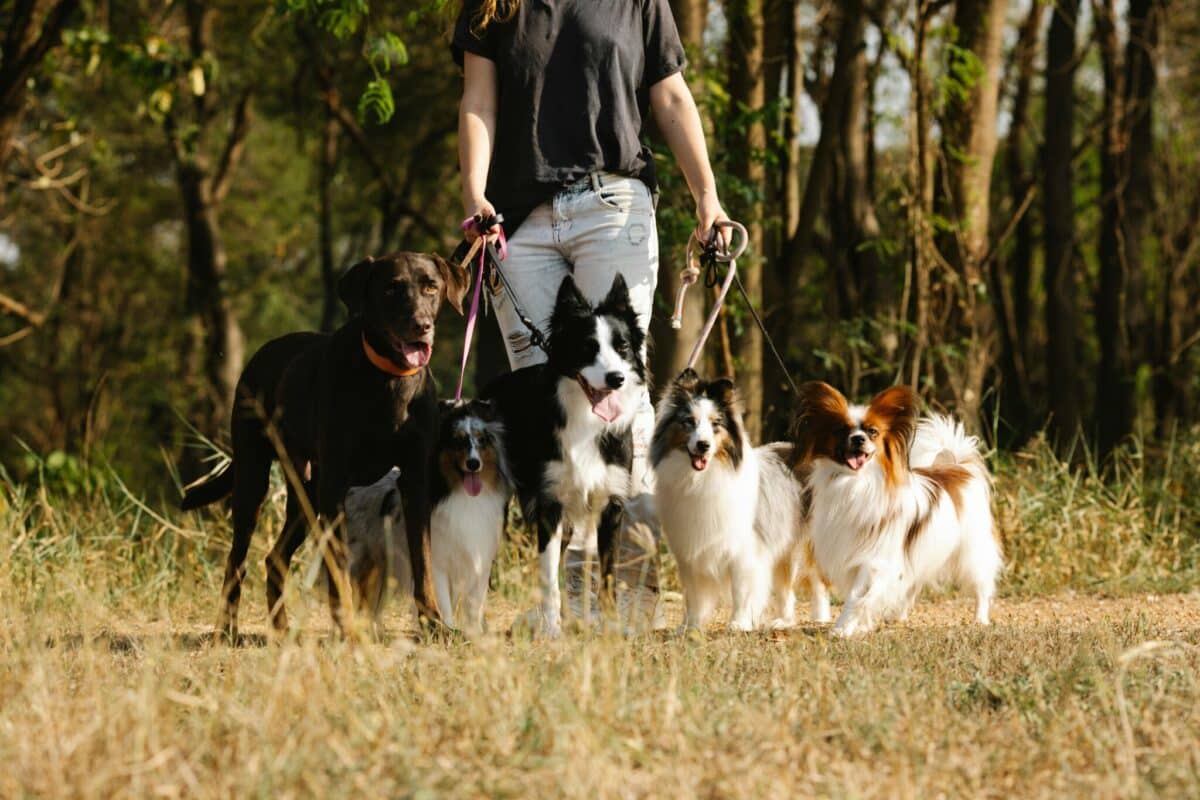




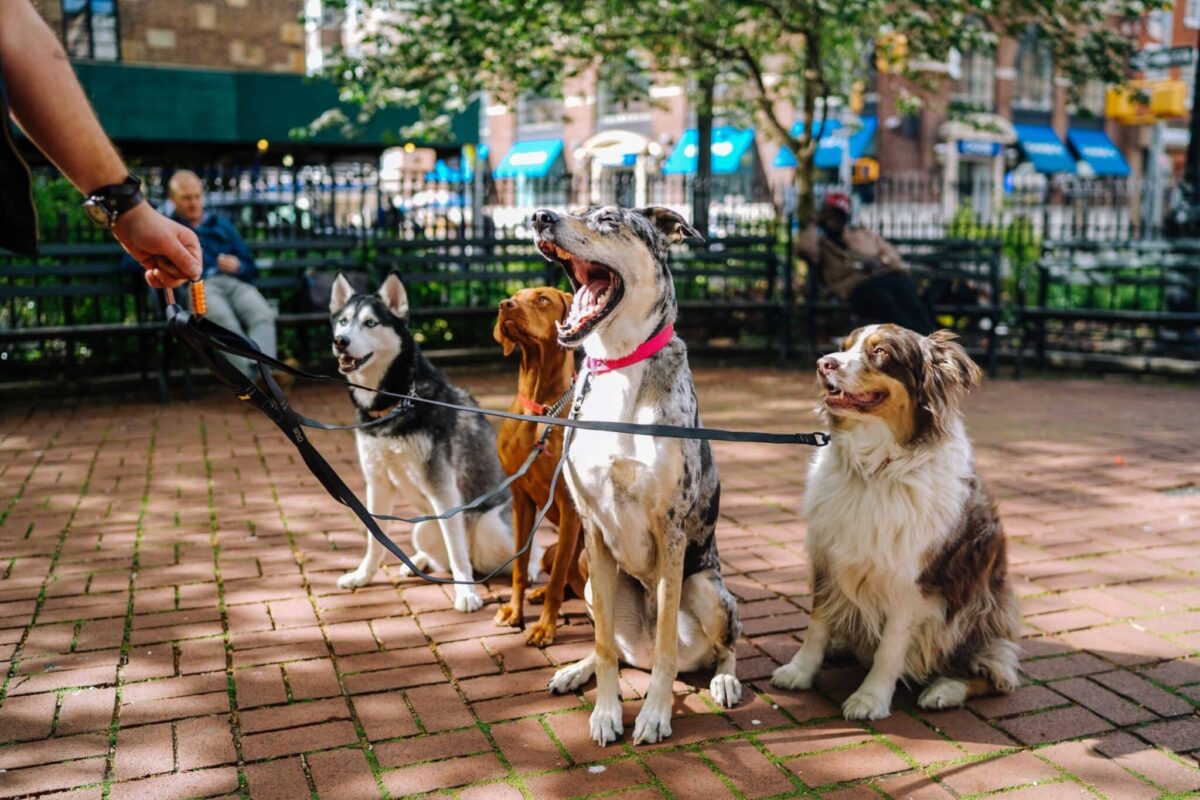
 English (US) ·
English (US) ·